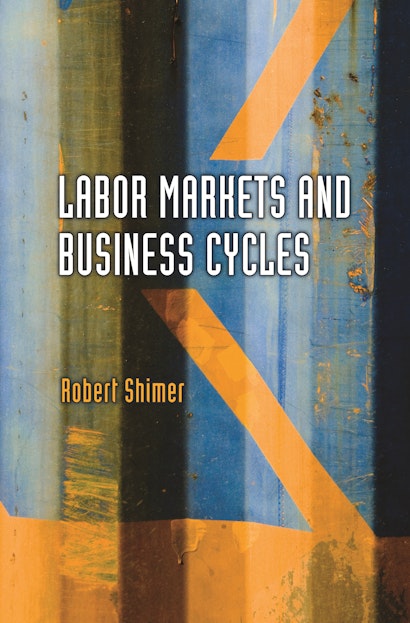Labor Markets and Business Cycles


Hardcover
- Price:
- $91.00/£75.00
- ISBN:
- Published:
- May 2, 2010
- Copyright:
- 2010
- Pages:
- 192
- Size:
- 6.13 x 9.25 in.
- 14 line illus. 16 tables.
- Main_subject:
- Economics & Finance
ebook
Labor Markets and Business Cycles integrates search and matching theory with the neoclassical growth model to better understand labor market outcomes. Robert Shimer shows analytically and quantitatively that rigid wages are important for explaining the volatile behavior of the unemployment rate in business cycles.
The book focuses on the labor wedge that arises when the marginal rate of substitution between consumption and leisure does not equal the marginal product of labor. According to competitive models of the labor market, the labor wedge should be constant and equal to the labor income tax rate. But in U.S. data, the wedge is strongly countercyclical, making it seem as if recessions are periods when workers are dissuaded from working and firms are dissuaded from hiring because of an increase in the labor income tax rate. When job searches are time consuming and wages are flexible, search frictions—the cost of a job search—act like labor adjustment costs, further exacerbating inconsistencies between the competitive model and data. The book shows that wage rigidities can reconcile the search model with the data, providing a quantitatively more accurate depiction of labor markets, consumption, and investment dynamics.
Developing detailed search and matching models, Labor Markets and Business Cycles will be the main reference for those interested in the intersection of labor market dynamics and business cycle research.